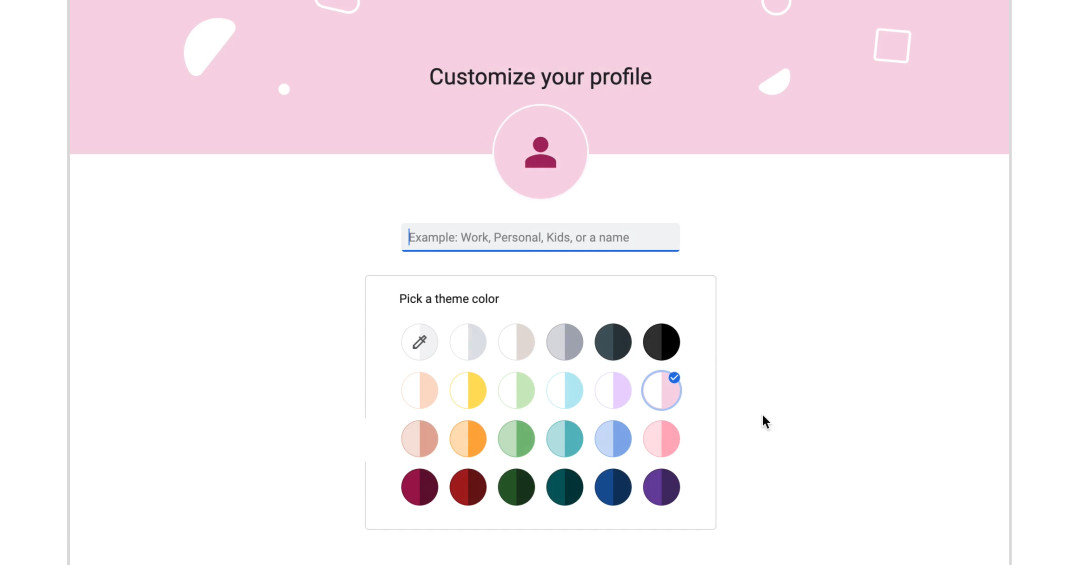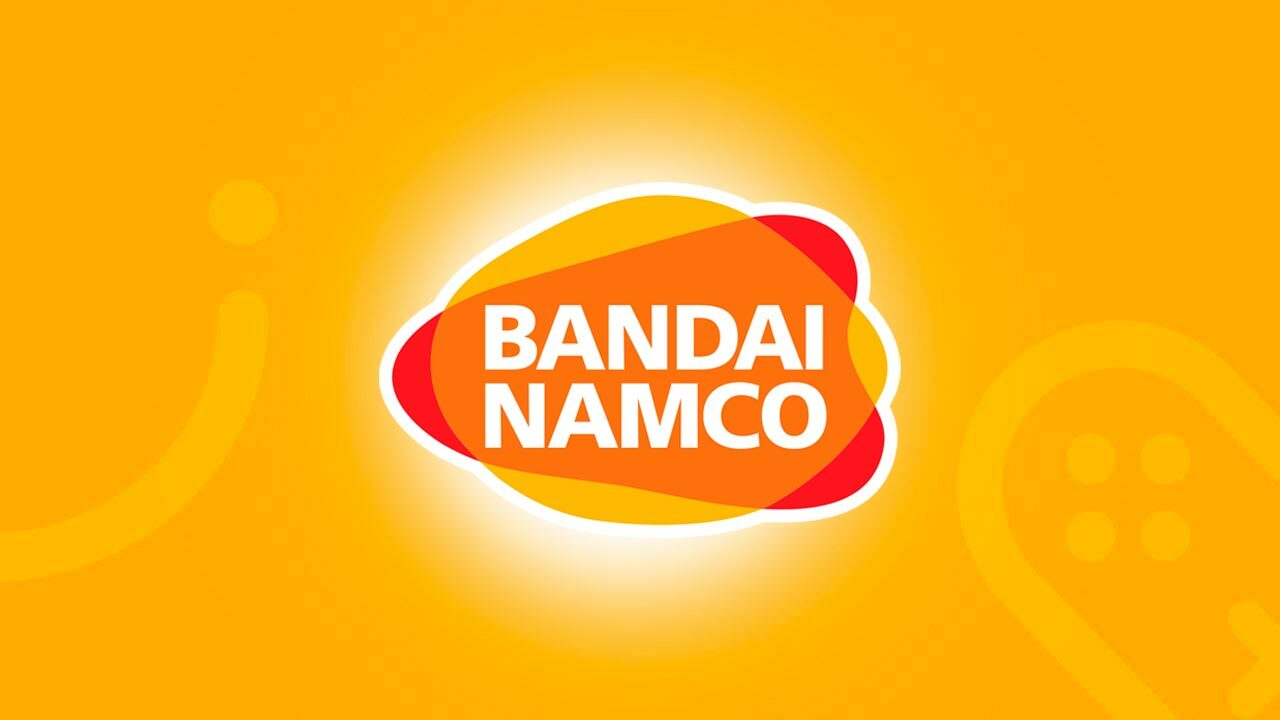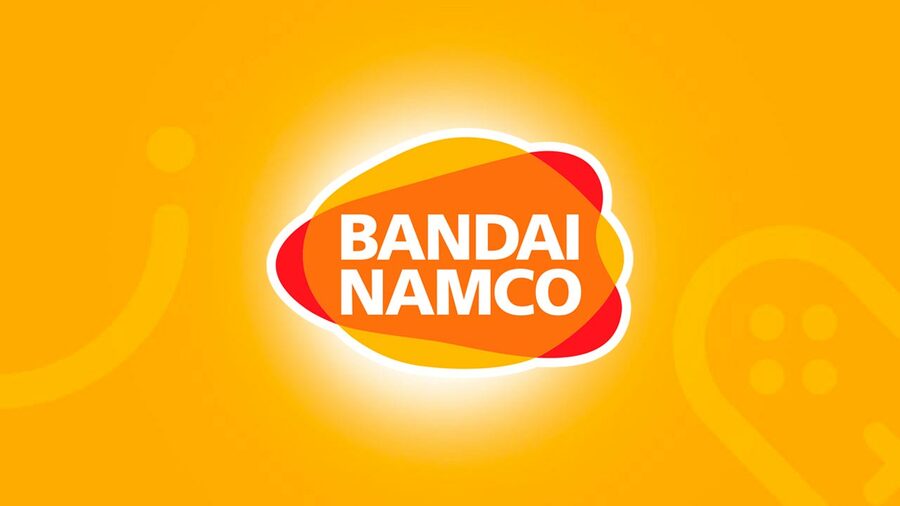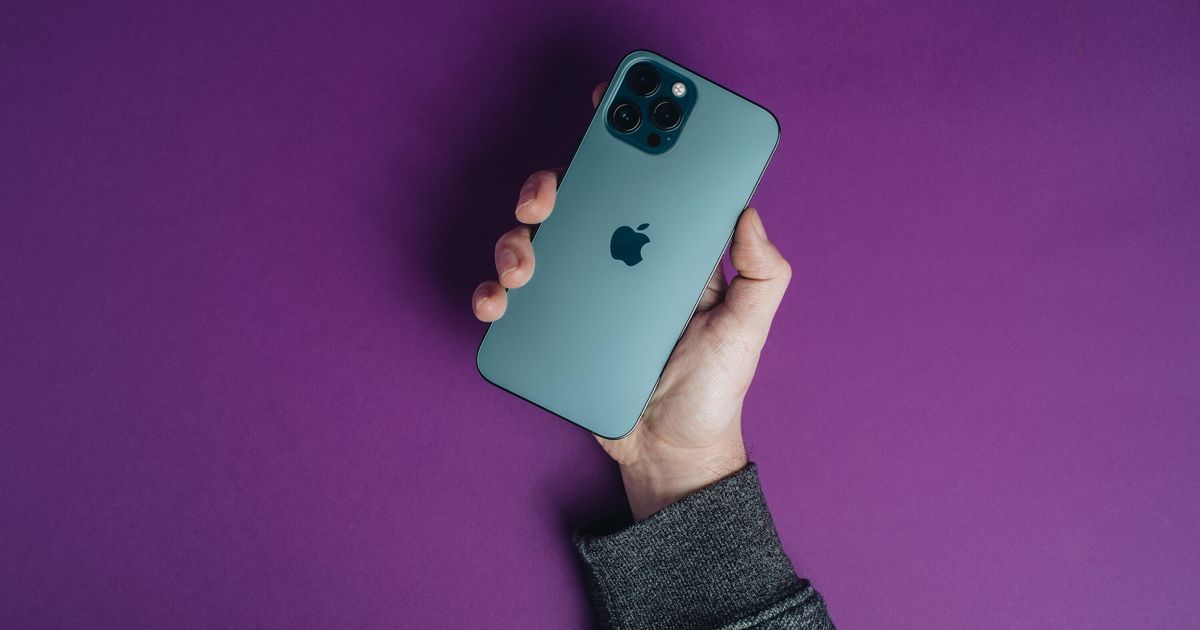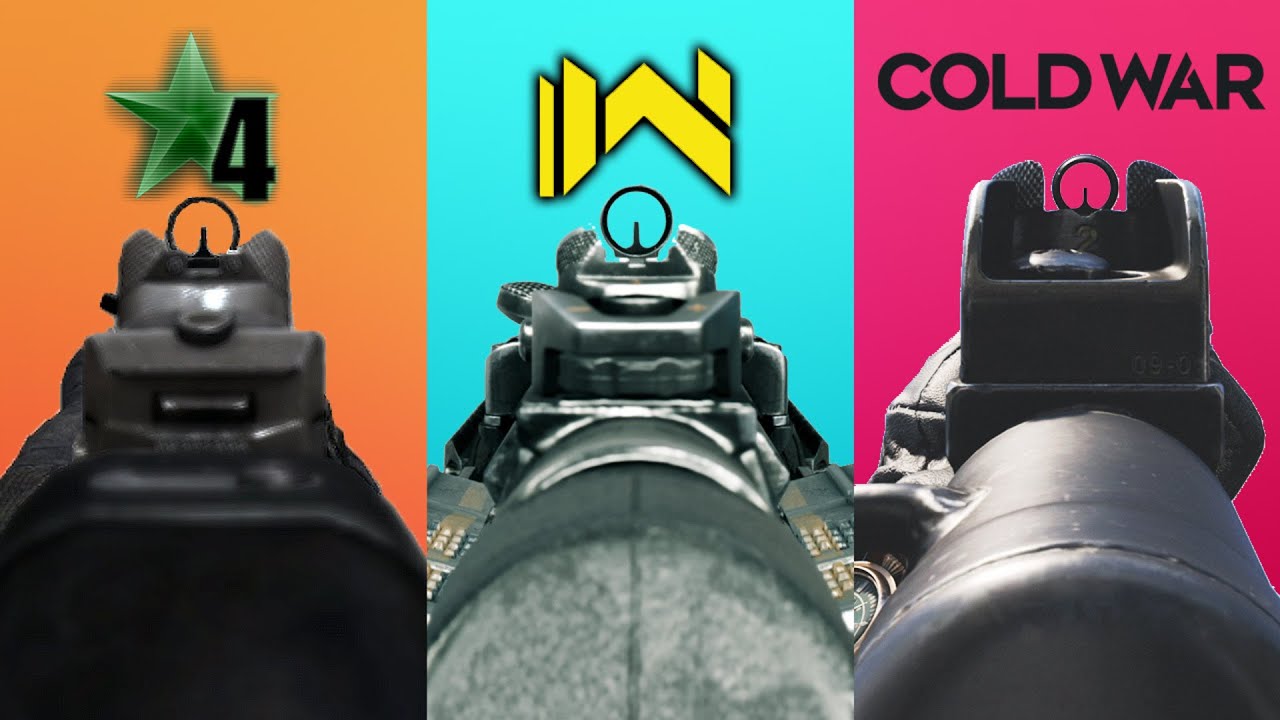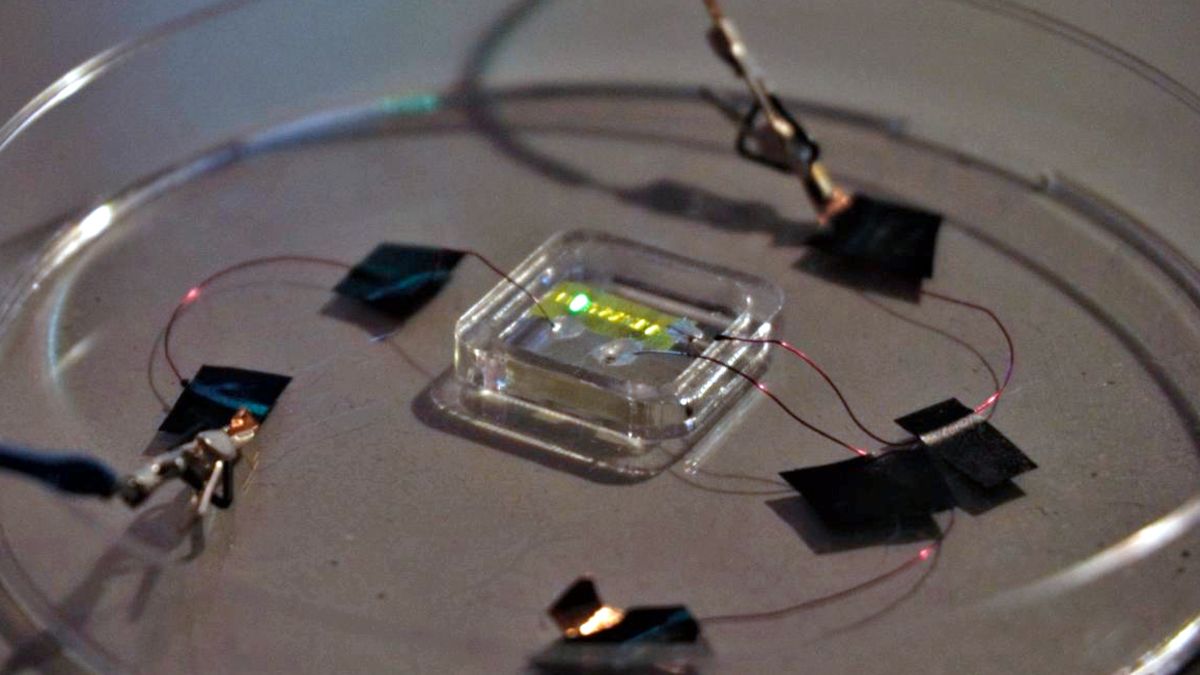- Genshin Impact – Official Hu Tao Abilities Trailer IGN
- Genshin Impact – Hu Tao Release Time for America Server Revealed DualShockers
- Learn About Hu Tao Attacks in the New Genshin Impact Trailer Siliconera
- Genshin Impact Hu Tao Build: The Best Builds, Artifacts And Polearms Forbes
- Genshin Impact: Hu Tao’s Best Character Builds Explained Screen Rant
- View Full Coverage on Google News
TechNews
Google is making it easier to swap between user profiles in Chrome
Google is making it easier to swap between user profiles in a new Chrome update that’s rolling out today.
Chrome profiles are nothing new — you can currently swap between Google accounts; keep personalized extensions, apps, history, themes, and bookmarks for different users on shared computers; and sync those settings between devices as well.
Google is rolling out a “revamped” profile experience. Now, if you have multiple profiles set up, a “profile picker” will appear each time you restart Chrome, prompting you to select a user or browse as a guest. Chrome will also prompt you to switch profiles or create a new one “when you might benefit,” Google says. And finally, when you create a new profile, you’ll be able to choose its color with a single click.
The new update also includes an expansion to Chrome’s Reading List feature, which was previously limited to the iOS app. Now, you can save articles to read later in the Android and desktop versions of Chrome as well.
Bandai Namco Sparks Rumours Of Nintendo Direct-Style Presentation With New Trademark
Nintendo found a winner when it started its Nintendo Direct broadcasts nearly 10 years ago. By revealing information about upcoming games in an online presentation, it offered a massively accessible format, and we’ve seen no end of competitors trying their own versions. Inside Xbox, Ubisoft Forward, Sony’s State of Play… the list goes on, and (pun intended) Bandai Namco could be next.
“Bandai Namco Next” is a new trademark that was filed on December 29th with the European Union Intellectual Property Office. There’s a lengthy list on what’s covers, but outside of games, that notably includes online publications, eSports competitions, computer networks, movies and toys.
Trademarks don’t necessarily mean anything will happen, but speculation has also been fuelled by an Elden Ring trailer leaking online yesterday. When taking into account Bandai Namco’s upcoming restructure in April, it’s possible that its incoming president Masaru Kawaguchi is also seeking a fresh approach.
There’s certainly potential to such an idea, should the company go ahead with it. When you remember that Bandai Namco’s portfolio covers franchises like Ace Combat, Dark Souls, Digimon, Pac-Man, Soulcalibur and Tekken, we’d be curious to see what it has planned.
Would you be interested in a Direct-style presentation from Namco? Let us know down below.
iPhone 13 release date: When can we expect to see the new phones?
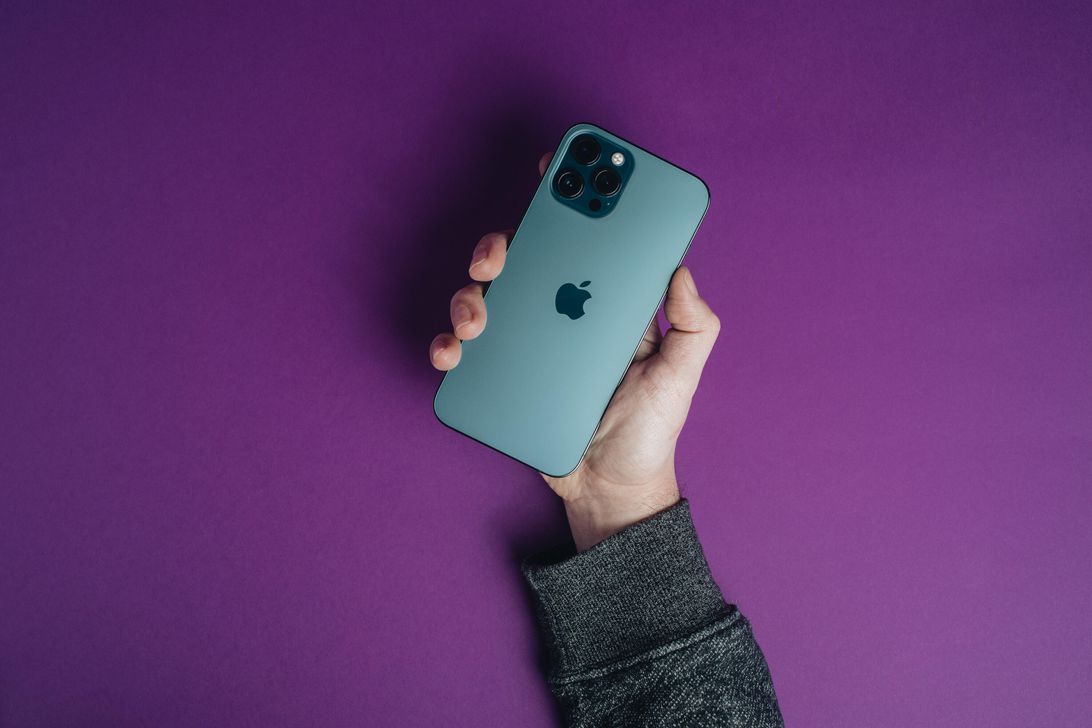
The iPhone 12 Pro Max was released in October.
Andrew Hoyle/CNET
Though it’s been only a few months since the iPhone 12 went on sale, Apple is already setting its sights on its next flagship smartphone, the iPhone 13 (or whatever it ends up being called). We’re expecting to see four versions of the new phone: the iPhone 13, the iPhone 13 Mini, the iPhone 13 Pro and the iPhone 13 Pro Max, according to analyst Ming-Chi Kuo. But when can we expect Apple to unveil its newest phones?
Apple has yet to hint at any iPhone 13 event date. Based on Apple’s history, however, we can typically predict when the company’s iPhone events will happen, and make an educated guess on a release date based on that. While the pandemic changed the usual course for 2020, marking the first September Apple event in eight years without an iPhone due to production delays, Kuo predicts that 2021 will see a return to the company’s typical cadence.
Read more: Every iPhone 13 rumor we’ve heard so far
If this is true, we can expect to get a first look at the iPhone 13 at an event at some point in September.
Apple usually holds its events on Tuesdays or Wednesdays, and iPhone release dates typically are set about a week and a half after Apple announces the new devices. Usually, new iPhones are released on a Friday, around the third week of September.
A few years ago, CNET took a deep dive into the Apple event timeline and emerged with a compelling Labor Day hypothesis, which you can read about here. Based on the 2021 calendar, the Labor Day rule would put the September Apple event (and the unveiling of the iPhone 13) on Sept. 8, with a Sept. 17 release date.
We won’t know if this is true until Apple announces an event, and shows off the phones. But if you want to plan ahead and save up for an iPhone 13, we’d bet on the September timeline, at least for now.
For more, check out why the iPhone 13 could have a 120Hz always-on display, and our review of the iPhone 12.
Evolution Of The MP5 In Call of Duty – GameSpot
- Evolution Of The MP5 In Call of Duty GameSpot
- Call of Duty: Warzone’s Outbreak event needs more zombies ASAP PC Gamer
- Dr Disrespect slams “horrific” Warzone Season 2 update Dexerto
- How to get legendary loot from Warzone Stadium without a key CharlieINTEL.com
- Call of Duty update today (March 2): Latest 1.33 patch notes and download news RealSport101
- View Full Coverage on Google News
‘The Sinking City’ developer says its game was illegally uploaded to Steam
Among the many other games that came out on Steam last Friday was a title called The Sinking City. In normal circumstances, it wouldn’t have stood out. It’s a game from 2019 that earned mostly average reviews. However, its developer, a studio named Frogwares, says The Sinking City was uploaded to Valve’s storefront by its previous publisher without its consent.
On Monday, the studio shared a lengthy and video detailing its allegations against Nacon. In short, Frogwares claims the company purchased a copy of the game from a competing storefront and then went on to hack and upload it to Steam. The developer said this is Nacon’s third attempt to publish a pirated version of The Sinking City and this latest one came after the company issued it a 48-hour ultimatum. According to the studio, the Steam release of the game features several telltale signs that had it been altered, including missing logos and UI elements. Frogwares was able to examine the config files using its own encryption key, which it appears Nacon didn’t change when it reuploaded the game.
“To be clear this is hacking and when hacking has the purpose to steal a product and make money with it, it’s called piracy or counterfeiting,” the studio said. “In order to achieve this goal, programmers with serious skills need to be involved. This is not DIY work by inexperienced people, this is done by programmers who know [the] Unreal engine well.”
The two companies have been involved in over The Sinking City since 2019. That’s left the game unavailable on some platforms. The studio believes Nacon will attempt to publish the hacked version of The Sinking City to other storefronts. Nacon addressed the allegations in an update on the game’s . “We regret that Frogwares persists in disrupting the release of the Sinking City. It was Frogwares who came to Nacon to request financing for the development of the game, and to date, more than 10 million euros have been paid to Frogwares by Nacon,” it said.
As of the writing of this article, The Sinking City is still available to buy through Steam. Frogwares said Nacon will have to face “legal consequences” for its actions.
Apple not switching to USB-C iPhones in the near future, according to Ming-Chi Kuo
The dream of a USB-C iPhone may be dead, according to the latest research note from Apple analyst Ming-Chi Kuo. The company reportedly has no plans to adopt USB-C on future iPhone devices or integrate a Touch ID sensor into the power button (two technologies that exist on Apple’s iPad hardware, like the 2020 iPad Air).
The report, obtained by AppleInsider, explains the rationale behind Apple’s decision: “We believe that USB-C is detrimental to the MFi business’s profitability, and its waterproof specification is lower than Lightning and MagSafe,” according to Kuo.
Therefore, instead of a USB-C iPhone, Kuo suggests that Apple may jump straight to a long-rumored portless iPhone that relies exclusively on wireless charging — and specifically, Apple’s MagSafe technology — to charge. MagSafe, in particular, would provide a neat solution to both of the concerns Kuo raises: by eliminating ports, MagSafe would be even more waterproof than even Lightning, and Apple still controls the MagSafe standard through its MFi program, ensuring it’ll be able to continue to reap the rewards of licensing fees.
However, Kuo also notes that Apple doesn’t think MagSafe’s ecosystem has reached the point where it can be relied on as the sole charging method for the iPhone. Instead, he predicts that Apple will continue to use its Lightning port “for the foreseeable future.”
Kuo’s report also shoots down another persistent rumor for future iPhones: the idea that Apple might introduce a Touch ID sensor in the power button, similar to the one it offered on last year’s iPad Air refresh. According to Kuo, there’s no timeframe for Apple to add that upgrade either. An earlier report from Bloomberg, however, notes that Apple is testing a Touch ID scanner integrated directly into the display for this year’s iPhone lineup, although whether it actually makes the cut remains to be seen.
The entire report from Kuo contains far more information on Apple’s future iPhone lineup, including a smaller notch and faster refresh rates for this year’s iPhones, rumors of a hole-punch camera in 2022, and a potential eight-inch foldable iPhone that could launch as early as 2023.
Scientists Invent Light-Up OLED Tatttoos
Tattoos are usually considered a form of personal expression, but a team of researchers in Europe have created what they’re calling the world’s first light-emitting tattoo based on OLED screen technology that, besides presumably looking kind of cool, could also serve as a visible warning about potential health concerns.
Tattoos are used by people to show their devotion to a long-extinct brand of MP3 player or letting everyone know just how much they love their moms. But there’s also a precedent for tattoos being used as a medical tool. Cancer patients undergoing radiation therapy are tattooed with small dots that are used as reference marks for precisely targeting the machines used for treatments during repeat sessions, for example.
The idea of personally augmenting one’s skin with glowing art isn’t new either, but previously this has involved biohackers implanting technologies like LEDs beneath the skin, and the results don’t have much practical use besides attention-grabbing or inviting questions about why someone would do that to themselves. This new approach to light-emitting tattoos is easier to apply, more practical, and temporary—without requiring surgery to have it removed.
In a recently published paper in the Advanced Electronic Materials journal, “Ultrathin, Ultra‐Conformable, and Free‐Standing Tattooable Organic Light‐Emitting Diodes,” scientists from the University College London in the UK and the Italian Institute of Technology detail how their new approach to tattoos relies on the same organic light-emitting diode technology featured in devices like more recent iPhones, as well as the recent crop of mobile devices featuring folding screens. The flexibility of an OLED display is important for this application given human skin is so pliable and flexes and folds as the body moves.
The actual electronics of the light-emitting tattoos, made from an extremely thin layer of an electroluminescent polymer that glows when a charge is applied, measure in at just 2.3-micrometers thick, which, according to the researchers, is about one-third the diameter of a red blood cell. The polymer layer is then sandwiched between a pair of electrodes and sits atop an insulating layer, which is bonded to temporary tattoo paper through a printing process that isn’t prohibitively expensive. The tattoos can be easily applied to surfaces using the same wet transfer process that temporary tattoos designed for kids use, and can be easily washed off when no longer needed or wanted using soap and water.
With a current applied the OLED tattoos in their current form simply glow green, but eventually could produce any color using the same RGB approach that OLED screens use. However, while the researchers acknowledge that the potential for glowing tattoos is there, taking that art in a whole new direction, they also see even more potential for them as a medical tool. When combined with other wearable technologies the light-emitting tattos could start flashing when an athlete needs to rehydrate, or change color when applied to foods providing obvious warnings when expiration dates have passed.
But don’t stroll into your local tattoo parlor and demand one of those fancy new glowing tattoos just yet. The researchers have so far successfully applied them to surfaces like glass, plastic bottles, paper, and even oranges, but human skin poses a bigger challenge given how much humans are constantly moving around. The OLEDs polymers can also quickly degrade when exposed to the air, requiring additional layers to properly encapsulate and protect them, and there’s an even bigger issue of finding a way to power them using tiny batteries or supercapacitors, as so far in the lab they’ve been wired to an external power source, and it’s doubtful anyone is going to want to attach a USB power cable to the ink on their arms.
iPhone 13 release date: When can we expect to see the new phones?

The iPhone 12 Pro Max was released in October.
Andrew Hoyle/CNET
Though it’s been only a few months since the iPhone 12 went on sale, Apple is already setting its sights on its next flagship smartphone, the iPhone 13 (or whatever it ends up being called). We’re expecting to see four versions of the new phone: the iPhone 13, the iPhone 13 Mini, the iPhone 13 Pro and the iPhone 13 Pro Max, according to analyst Ming-Chi Kuo. But when can we expect Apple to unveil its newest phones?
Apple has yet to hint at any iPhone 13 event date. Based on Apple’s history, however, we can typically predict when the company’s iPhone events will happen, and make an educated guess on a release date based on that. While the pandemic changed the usual course for 2020, marking the first September Apple event in eight years without an iPhone due to production delays, Kuo predicts that 2021 will see a return to the company’s typical cadence.
Read more: Every iPhone 13 rumor we’ve heard so far
If this is true, we can expect to get a first look at the iPhone 13 at an event at some point in September.
Apple usually holds its events on Tuesdays or Wednesdays, and iPhone release dates typically are set about a week and a half after Apple announces the new devices. Usually, new iPhones are released on a Friday, around the third week of September.
A few years ago, CNET took a deep dive into the Apple event timeline and emerged with a compelling Labor Day hypothesis, which you can read about here. Based on the 2021 calendar, the Labor Day rule would put the September Apple event (and the unveiling of the iPhone 13) on Sept. 8, with a Sept. 17 release date.
We won’t know if this is true until Apple announces an event, and shows off the phones. But if you want to plan ahead and save up for an iPhone 13, we’d bet on the September timeline, at least for now.
For more, check out why the iPhone 13 could have a 120Hz always-on display, and our review of the iPhone 12.
Carolyn Hax: Taking a hint and running wild with it
I am beyond offended that she — probably at the behest of her kids — wants to treat me as a deep pocket.
We haven’t talked in a while, but it would be hard to explain what the rift is about since it all has to do with hints. I also have some guilt about not calling, since she is older and could probably use the company.
Should I have been more direct and told her outright that if she was asking for money, then I wasn’t offering? Or was it right to just not take the hints?
Not Picking Up Hints: Wut.
Okay, how’s this: Since none of this actually happened — her asking you for money, your saying no to that, her expressing anger at you, your expressing offense at being treated as a bank and/or frustration at being expected to communicate through hints, nothing concrete anywhere to be found — why don’t you just proceed as if none of it actually happened?
As in, call her to check in, as usual. See if she wants company. If she declines, then shrug and mark your calendar to call her again in X amount of time to make the same offer.
If/when she accepts, then go visit and deal with what you get when you get there.
Assuming you ever get this far with her again, then you can just deal with any new hints from her however is easiest for you: Either decide upfront to ignore them all unless and until she expresses her wishes directly, or name them as follows: “Do I understand you correctly, you’re asking me for X?”
It really doesn’t matter which. Listener’s choice.
Dear Carolyn: I have a friend I was supposed to visit. I texted her a few days before to just make sure we were all set. Short text back revealed she actually had plans with another friend and had to cancel. Not apologetic.
This person has been a friend of mine for years, but we’ve had some ups and downs recently — last year, she pretty much froze me out, only to drunkenly explain later that she did it because “it seems like I have my life together and she was jealous of me.”
At this point I just want to give up. This person has not been a good or reliable friend to me, but it makes me sad because at one point we were quite close. Advice for how to handle?
Stood Up: Like any loss or goodbye, I guess. Be sad things took the turn they did; be grateful for the experiences and memories of when things were good; and be open to the possibility that time will bring another change. Who knows? It makes sense to stop trying to be friends now, sure — because your heart isn’t in it anymore. (She’s acting insecure, not uninterested.) That doesn’t mean you don’t find each other again later under different circumstances.

